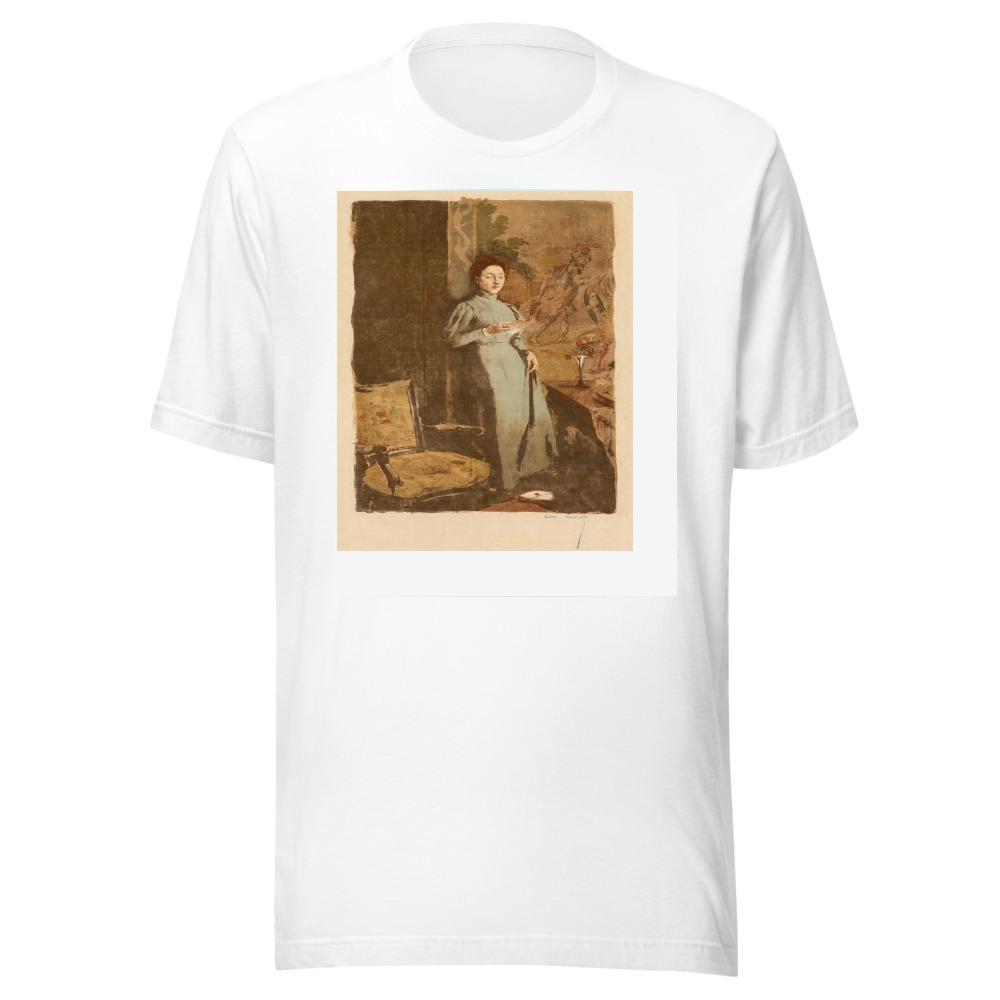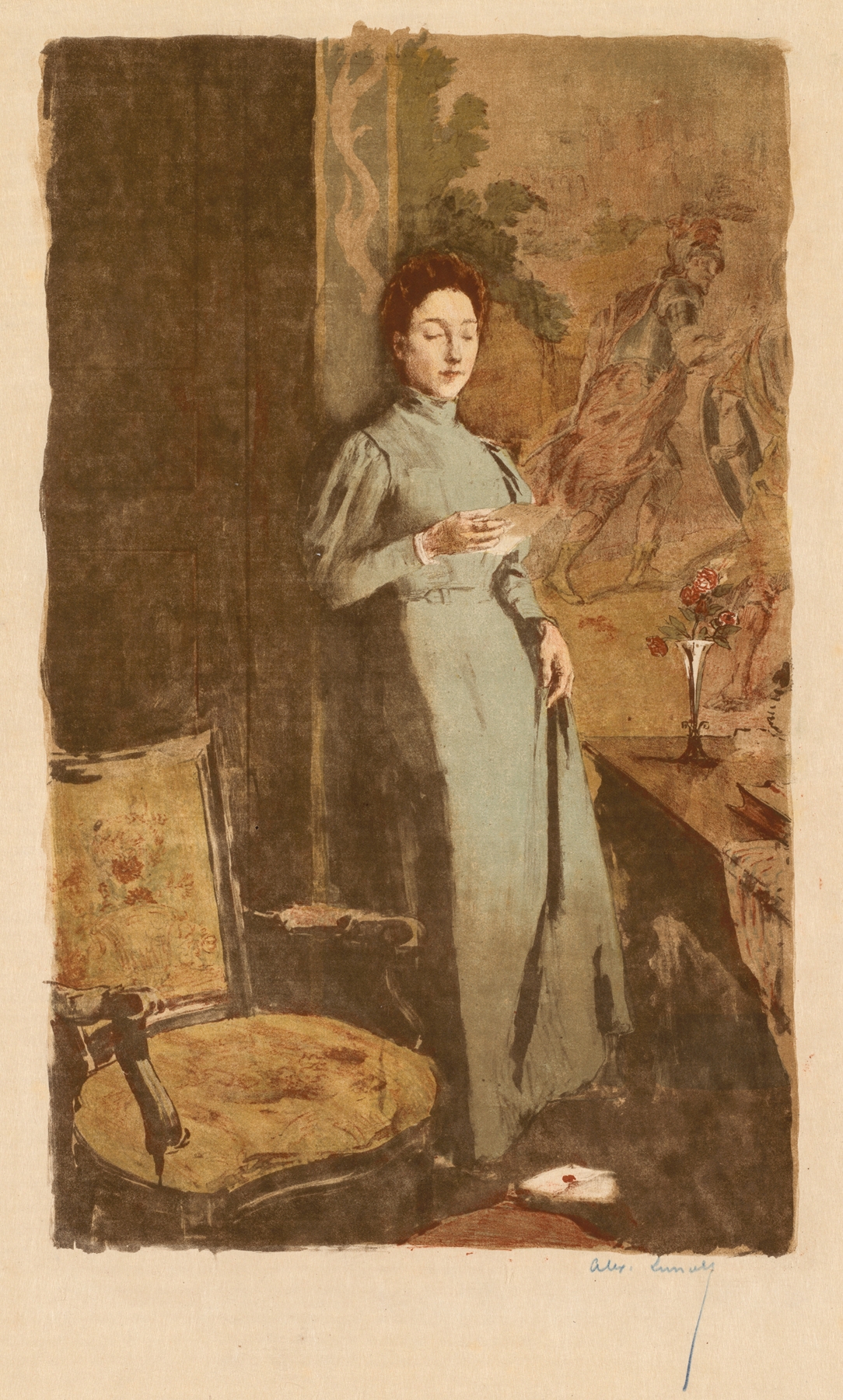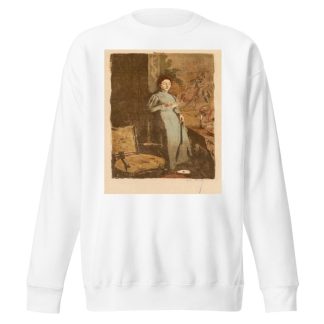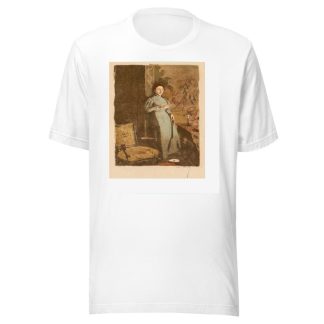Description
The Letter by Alexandre Lunois printed on a T-Shirt
About the T-Shirt
Regular fit
Standard length, the fabric easily gives into movement
Casual wear
A classic, everyday option loved by our customers
Side-seamed
Constructed by sewing two parts together, creating a fitted look
The Unisex Staple T-Shirt feels soft and light with just the right amount of stretch. It’s comfortable and flattering for all. We can’t compliment this shirt enough–it’s one of our crowd favorites, and it’s sure to be your next favorite too!
- Solid colors are 100% Airlume combed and ring-spun cotton
- Ash color is 99% combed and ring-spun cotton, 1% polyester
- Heather colors are 52% combed and ring-spun cotton, 48% polyester
- Athletic and Black Heather are 90% combed and ring-spun cotton, 10% polyester
- Heather Prism colors are 99% combed and ring-spun cotton, 1% polyester
- Fabric weight: 4.2 oz./yd.² (142 g/m²)
- Pre-shrunk fabric
- 30 singles
- Side-seamed construction
- Tear-away label
- Shoulder-to-shoulder taping
- Blank product sourced from Nicaragua, Mexico, Honduras, or the US
Alexandre Lunois (1863-1916)
Etcher and lithographer Alexandre Lunois was born in Paris. In 1880, he apprenticed with the Parisian printer-lithographer Achille Sirouy, under whom he produced his first two lithographs and an etching, all based on the work of leading artists. These three prints were shown at the Salon of French artists in 1882, and Lunois continued to exhibit such work – derived from originals created by masters such as Delacroix, Daumier, and Béraud – through the salon of 1890. In 1886, Lunois began producing original etchings and in 1888 he explored the low countries followed by travels through Algeria and Morocco, returning to Paris with a portfolio of sketches and drawings in late 1889.
He at once began to work with both color and black-and-white lithography and exhibited five lithographs in black at the Universal Exhibition that year. He attracted the attention of noted dealer Edmund Sagot, who first published his lithographs; from 1894, he was represented by gallerist and editor Gustave Pellet. Lunois died at Pecq, in the western suburbs of Paris, where he had settled.






Reviews
There are no reviews yet.